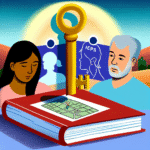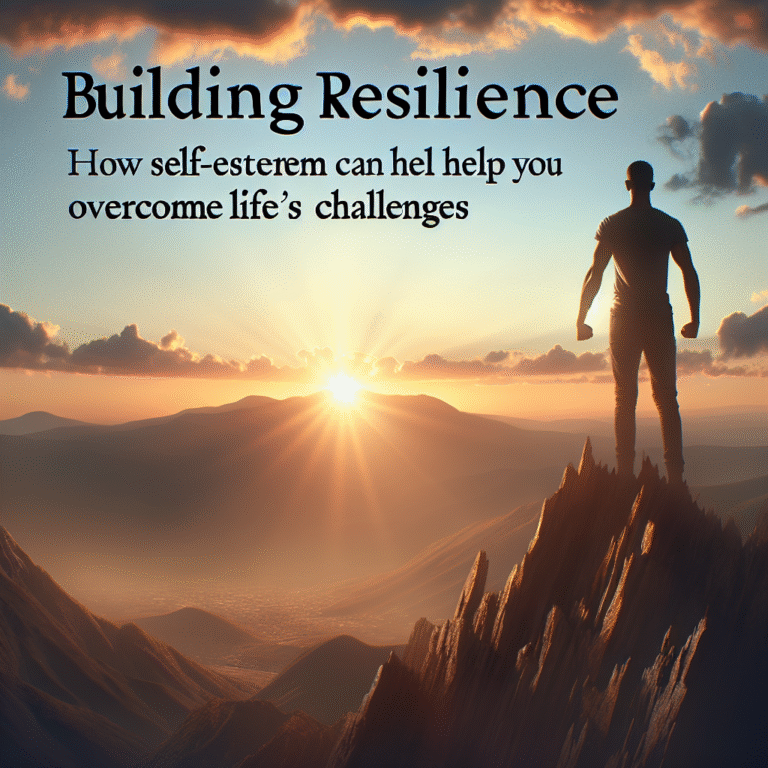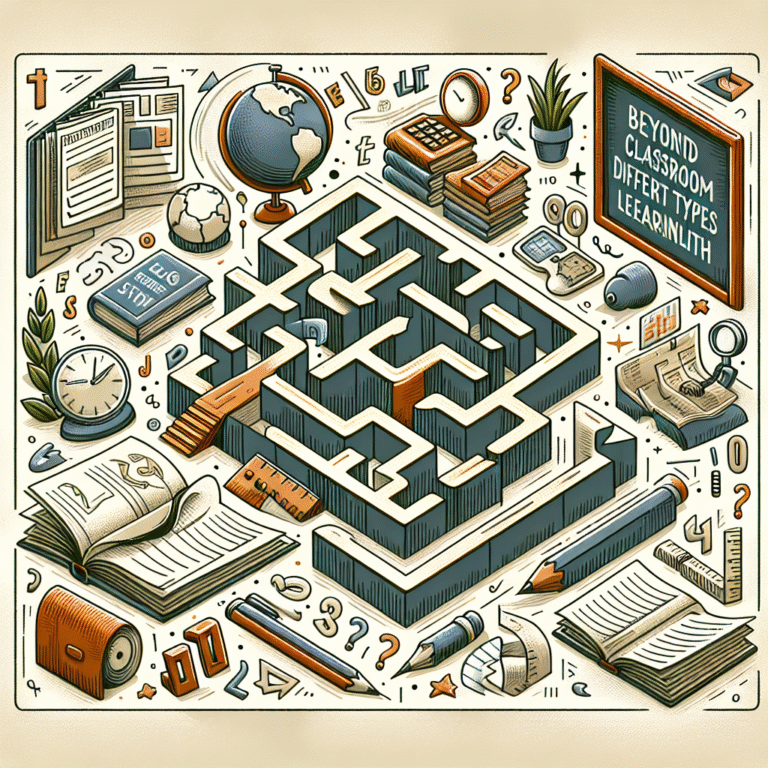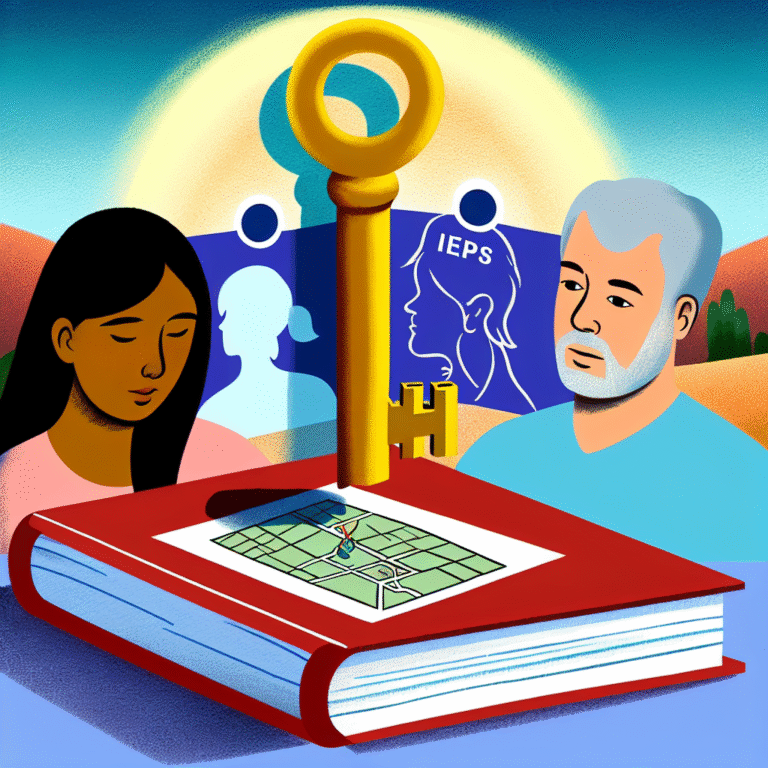
Introduction
In an age where technology has turned the world into a global village, the art of personal communication is more crucial than ever. The power of communication in relationships is not merely about exchanging words; it’s about fostering understanding, empathy, and connection. Whether it’s with a partner, family member, or friend, mastering the nuances of communication can profoundly impact the quality of your relationships. In this article, we will explore the key psychological strategies that underscore the power of communication, providing unique insights that can elevate your relational success to new heights.
Understanding the Power of Communication
What Is Communication, Really?
At its core, communication is the process of sharing information, ideas, and emotions. However, it transcends the spoken word. Non-verbal cues, tone of voice, and even silence play pivotal roles in how messages are conveyed and interpreted. Understanding this multi-faceted nature is the first step in harnessing the power of communication.
Why Communication Fails
Miscommunication happens frequently. According to research, an estimated 70% of communication issues in relationships stem from misunderstandings and ineffective dialogue. Recognizing the barriers to effective communication — such as emotional triggers, assumptions, and lack of active listening — is vital.
Key Psychological Strategies for Effective Communication
1. Active Listening: The Game Changer
Active listening is a fundamental aspect of the power of communication in relationships. It involves fully concentrating on what is being said, understanding the message, and responding thoughtfully.
Case Study: The Importance of Active Listening
Consider John and Sarah, a couple facing significant communication challenges. John often found himself interrupting Sarah when she was speaking, which led to resentment. After learning about active listening, John made a conscious choice to listen without interruptions. The change in their communication dynamics transformed their relationship, fostering deeper connections and mutual respect.
| Element of Active Listening | Description |
|---|---|
| Attention | Giving undivided attention to the speaker. |
| Empathy | Understanding and validating the speaker’s feelings. |
| Feedback | Providing thoughtful responses that signify understanding. |
2. Non-Verbal Communication: The Unsung Hero
Did you know that over 90% of communication is non-verbal? Your body language, facial expressions, and even posture speak volumes. Understanding this is crucial in cultivating successful relationships.
Case Study: The Impact of Non-Verbal Cues
Anna and Tom, long-time friends, often found themselves in heated debates. Unbeknownst to Anna, her crossed arms and furrowed brow conveyed disinterest, causing Tom to feel dismissed. Once they discussed non-verbal cues, Anna made a conscious effort to relax her body language. This simple change led to more productive and less confrontational conversations.
3. The Art of Empathy
Empathy allows individuals to connect on a deeper level. It requires putting yourself in someone else’s shoes and understanding their point of view.
Implementation Tips for Empathy
- Ask Open-Ended Questions: For example, “How did that make you feel?” encourages deeper conversation.
- Reflective Responses: Summarizing what the other person has said ensures clarity and shows that you care about their thoughts.
4. Emotional Intelligence: Navigating Feelings
Emotional intelligence (EI) plays a significant role in communication. Individuals with high EI can manage their emotions and respond to others’ emotions skillfully.
Case Study: The Power of EI
Rebecca, a manager, struggled to connect with her team. After attending an emotional intelligence workshop, she learned to recognize and respond to her team’s emotional needs. Implementing these strategies improved her team’s morale and productivity, demonstrating the undeniable power of communication enhanced by high emotional intelligence.
5. Setting Boundaries: A Necessity, Not a Luxury
Healthy relationships thrive on clear boundaries. Communicating your needs and limits ensures mutual respect.
| Boundary Type | Description |
|---|---|
| Personal Boundaries | Understanding your limits regarding personal space and emotional needs. |
| Emotional Boundaries | Not taking on others’ emotional burdens unnecessarily. |
| Time Boundaries | Allocating time effectively for oneself and others. |
Case Study: Establishing Boundaries
Emily often felt overwhelmed with her friend’s expectations. After a candid conversation about boundaries, Emily communicated her limits more effectively. As a result, their friendship deepened with newfound respect and understanding, showcasing the power of communication in boundary-setting.
The Role of Conflict Resolution
1. Embrace Conflict as a Natural Part of Relationships
Conflict is inevitable in any relationship, whether personal or professional. Instead of avoiding disagreements, embracing them as opportunities for growth can strengthen your bond.
2. Utilize “I” Statements
Using “I” statements fosters non-confrontational dialogue. For instance, saying “I feel hurt when…” rather than “You always…” helps express feelings without placing blame.
Case Study: Resolving Conflict with “I” Statements
During a disagreement, Mark and Lisa decided to adopt “I” statements. This shift allowed them to express feelings without triggering defensiveness, leading to effective resolution and understanding.
The Power of Communication: Strategies for Long-Term Success
1. Regular Check-Ins: Maintaining Connection
Creating a habit of regular check-ins — whether through weekly meetings or informal catch-ups — is vital. These touchpoints allow for the discussion of ongoing issues, fostering transparency and openness.
Example Structure of a Check-In
| Element | Description |
|---|---|
| Review | Discuss what’s working well in the relationship. |
| Address | Talk about any issues or concerns openly. |
| Future Goals | Set mutual goals for the relationship moving forward. |
2. Celebrate Small Wins
Acknowledging and celebrating the small victories in a relationship fosters positivity and reinforces bonding.
Case Study: The Power of Small Celebrations
Jack and Mia started thanking each other for daily tasks. Noticing how this small act of appreciation strengthened their bond, they made it a routine, proving that small communications can have large impacts.
Conclusion
The power of communication cannot be overstated. Mastering crucial psychological strategies will not only improve the quality of your relationships but also enrich your life experiences. By understanding active listening, non-verbal cues, empathy, emotional intelligence, and boundary setting, you can develop more profound and fulfilling connections with those around you.
Remember, great communication doesn’t happen overnight; it’s a journey that requires effort, patience, and a willingness to grow. Implement these strategies, and you could transform your relationships into flourishing bonds of understanding and respect.
FAQs
1. What is active listening, and why is it important?
Active listening involves fully concentrating, understanding, and responding to what someone is saying. It promotes understanding and reduces misunderstandings.
2. How can I improve my non-verbal communication?
Focus on your body language, eye contact, and facial expressions. Ensure they align with your verbal messages to convey authenticity.
3. What is emotional intelligence, and how does it relate to communication?
Emotional intelligence is the ability to recognize, understand, and manage emotions in oneself and others, facilitating better communication and relationships.
4. Why are boundaries important in relationships?
Boundaries help to define personal limits, protecting emotional well-being and fostering mutual respect between individuals.
5. How can I resolve conflicts constructively?
Focus on using “I” statements, listen actively, and seek to understand the other person’s perspective to resolve conflicts peacefully and effectively.
By implementing these insightful strategies, you can harness the power of communication, paving the way for enduring relationship success.











